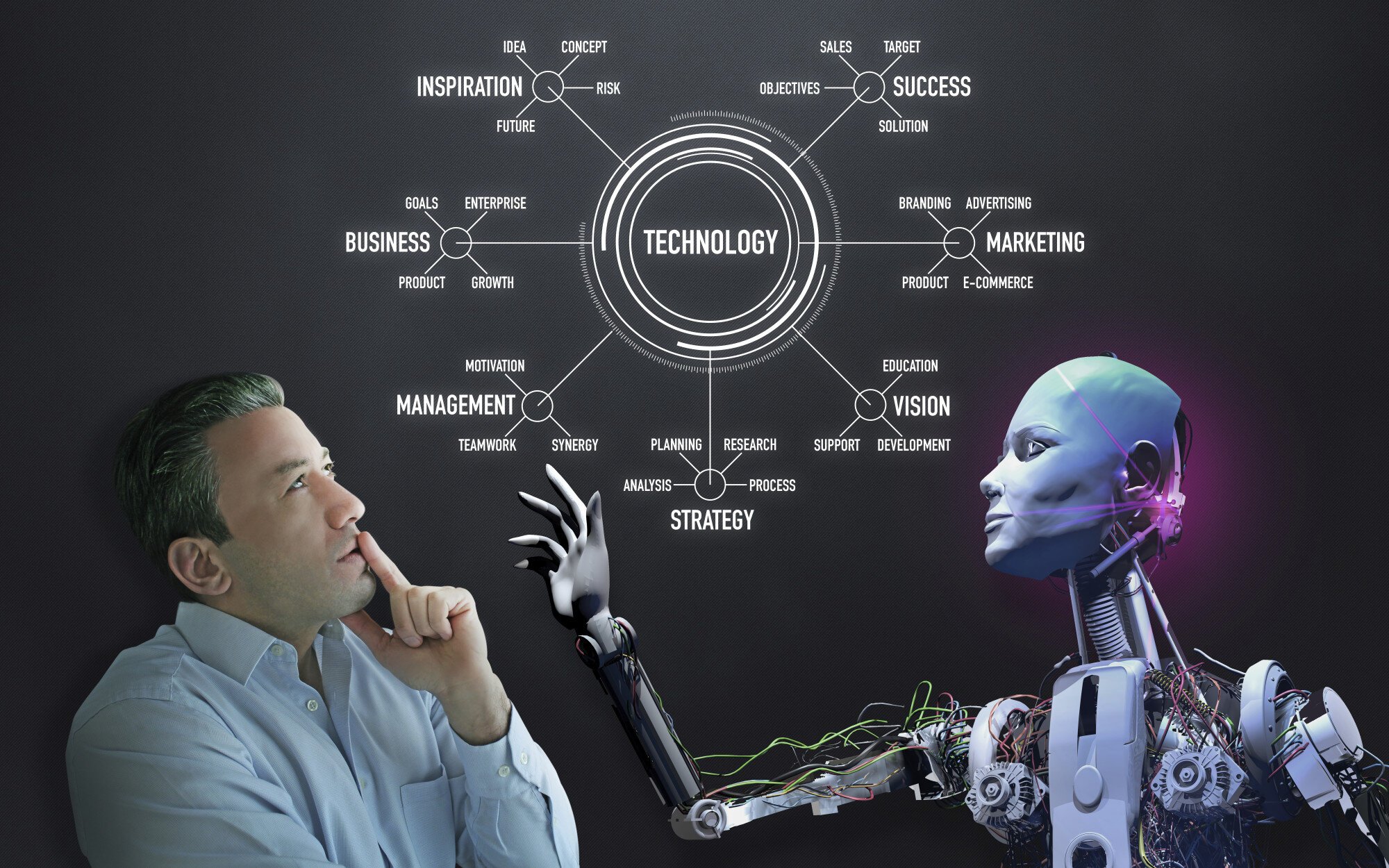Artificial intelligence is a killer application. The very idea of technology learning at an exponential rate boggles the mind. Software developers are giddy to unleash its potential. Society should brace for impact.
We used to laugh at AI software. Remember the DARPA robots supposedly coded to walk-up stairs or turn doorknobs? Or the awkward silence every time you ask Siri a follow-up question? Hilarious. Except, Boston Dynamics fixed the ergonomic issues with humanoid robots and Google’s Translate is so smart it can translate foreign languages on the fly. Stuffing AI into the existing code increased accuracy rates by more in just 90 days than all of the progress made in 10 years. Now other developers are eager to see what AI can do for the enterprise world.

In a voluminous research report: Artificial Intelligence for Enterprise Applications, consulting firm Tractica found almost 200 real world applications for machine learning in the enterprise setting. And it sees robust adoption happening soon. “Revenue for enterprise AI applications will increase from $358 million in 2016 to $31.2 billion by 2025, representing a compound annual growth rate (CAGR) of 64.3%,” the report forecasts.
Jürgen Müller, Head of SAP Innovation Center Network already imagines many of those applications. Advances in deep learning, computer vision, natural language processing and machine learning make it possible for software algorithms to see, hear, reason and learn. He reckons any job that requires “repeatable complex decision-making” can now be automated.
“Machines can ‘write.’ They can analyze structured and unstructured contextual information and automatically generate reports,” writes Müller. “Take the insurance sector. Instead of agents screening every claim, machines can make a preliminary decision in simple insurance cases and prepare a response letter. This allows insurance companies to process claims more quickly and increase productivity.”
That’s a killer application. The implementation is potentially non-invasive. It is imbued with Big Data enhancements over time. And it allows corporations to reduce headcount. Technology replaces human capital. Just the way it’s written up in dusty, old economics textbooks.
The investment angle is best served by SAP SE (SAP),IBM (IBM), General Electric (GE),Salesforce.com (CRM) and Big Data software company Splunk (SPLK). These companies are at the forefront of themove to bring AI to enterprises. Public cloud companies AWS, Microsoft (MSFT), Alphabet (GOOGL) and computational hardware company Nvidia (NVDA) are facilitators.
The human angle is not so great. AI is a perfect job-killing application. White collar workers in legal, accounting, human resources, insurance, call centers, financial services and other sectors should brace themselves for a hard landing. I know this has been promised and unfulfilled since the 1960s, but critical mass has been reached – it's really coming this time.
##

About Jon Markman: A pioneer in the development of stock-rating systems and screening software, Jon Markman is co-inventor on two Microsoft patents and author of the bestselling books The New Day Trader Advantage, Swing Trading and Online Investing, as well as the annotated edition of Reminiscences of a Stock Operator. He was portfolio manager and senior investment strategist at a multi-strategy hedge fund from 2002 to 2005; managing editor and columnist at CNBC on MSN Money from 1997 to 2002; and an editor, investments columnist and investigative reporter at the Los Angeles Times from 1984 to 1997.
Sign-up for our Free Friday email
For teams that need additional security, control, and support.